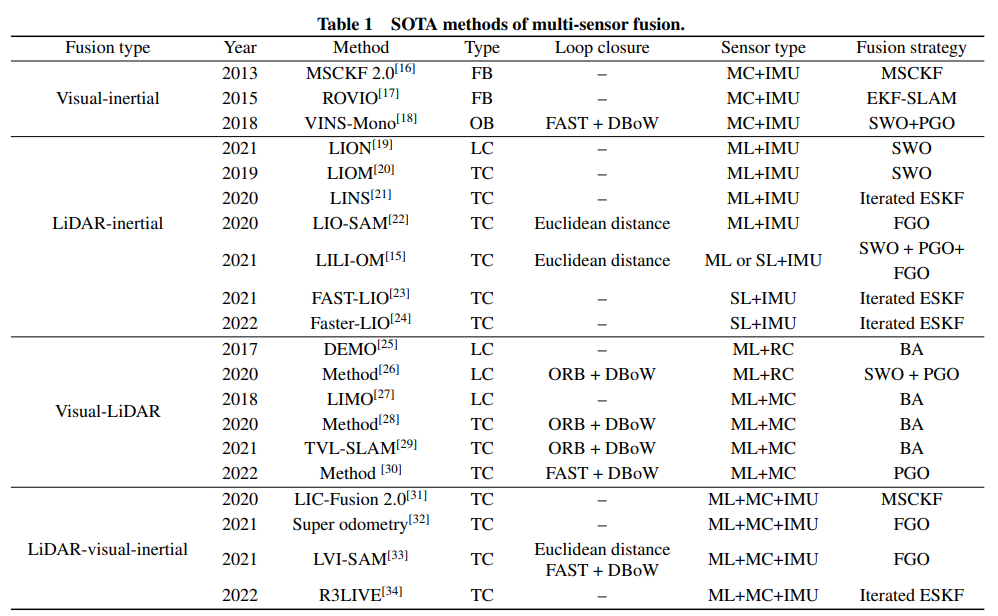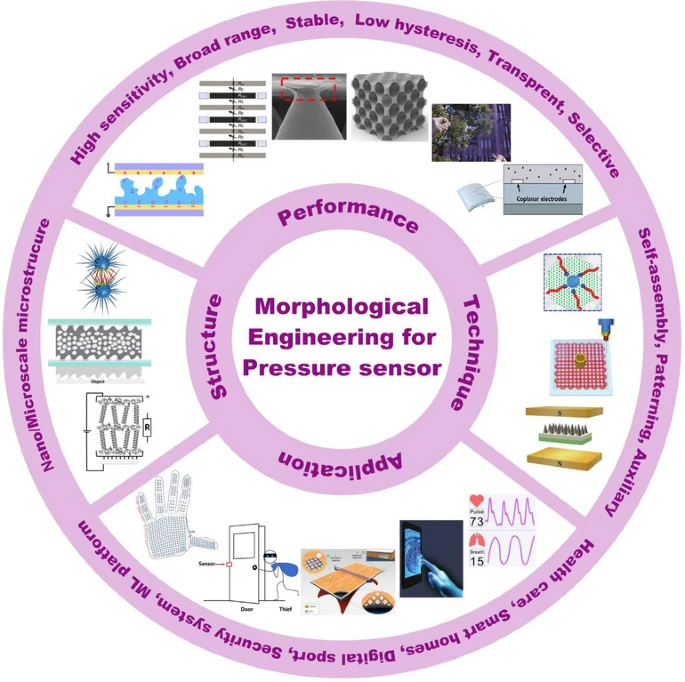Overview
"Radar clutter" generally refers to unwanted echoes, including returns from terrain and buildings, the sea surface, precipitation, and biological scatterers such as birds and insects. These clutter returns can sometimes be much stronger than target echoes, which significantly complicates target detection.
Clutter Categories and Characteristics
Clutter entering the radar through the antenna main lobe is called main-lobe clutter; clutter entering through other lobes is called sidelobe clutter. Clutter is often random and has characteristics similar to thermal noise. Because clutter power frequently exceeds the receiver internal noise, radar detection performance in heavy clutter is mainly determined by the signal-to-clutter ratio (SCR).
Clutter usually occupies a spatial extent much larger than a radar resolution cell and is commonly classified as surface clutter or volume clutter. There are also discrete or point-like clutter sources, such as television towers or specific building structures.
Clutter: Nuisance and Signal
Although suppressing clutter to reduce its contribution to radar returns is often a priority, environmental radar echoes are not always undesirable and can be exploited. For example, precipitation echoes are unwanted for aircraft surveillance radar but are the primary signal for meteorological radar, where they are used to estimate rainfall rates and improve weather forecasting.
Backscatter from the ground can interfere with many ground-based and airborne radars, whereas synthetic aperture radar (SAR) systems often exploit ground returns. Analysis of echoes from different surface types yields substantial information about terrain and land cover. Thus, the same natural echo can be clutter in one application and the target signal in another.
Quantifying Clutter
Clutter resembles target echoes in many ways, and clutter power can be described using a clutter radar cross section (RCS). The clutter scattering coefficient is dimensionless and depends on radar system parameters such as wavelength, polarization, illumination area, and look direction. Land clutter further depends on surface parameters like terrain geometry, roughness, and the complex dielectric constant of surface layers. Sea clutter depends on wind speed, wind direction, and sea surface processes.
Sea Clutter
Radars operating in maritime environments inevitably receive backscatter from the sea surface. For remote sensing systems, receiving and processing sea-surface backscatter is the primary task for retrieving information on waves, sea ice, and other oceanographic parameters. For many other radar applications, sea backscatter is a major interference source, commonly referred to as sea clutter, and must be mitigated. Airborne and shipborne radars operating over the sea strive to minimize sea clutter because it degrades detection of small targets, risking missed detections of sea-skimming threats.
Sea clutter is closely linked to sea state variables such as waves and wind. Practical questions arise: do small waves or large waves affect sea clutter more, and how is that manifested? How should wave magnitude be assessed— is wave height alone sufficient? Which models and characteristic parameters best describe radar-received sea clutter? Empirical models often express the clutter scattering coefficient as a function of sea state, yielding different values under different conditions and models.
Further Reading
For a comprehensive treatment of sea clutter, see Keith Ward, Sea Clutter: Scatter, the K Distribution and Radar Performance, a detailed reference on the topic.
 ALLPCB
ALLPCB






